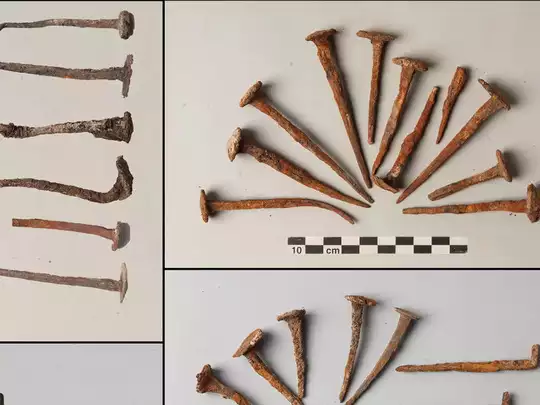In the ancient Roman world, death was not always the end. Fear of the “restless dead” led to elaborate rituals designed to keep spirits at peace and prevent them from returning to the land of the living. A recent discovery in the ancient city of Sagalassos, located in what is now southwestern Turkey, provides a fascinating glimpse into these ancient beliefs. Belgian archaeologists have unearthed a unique Roman grave sealed with bricks, plaster, and bent nails—each element carefully chosen to ensure that the deceased remained in his tomb.
The Discovery: A Mysterious Roman Grave
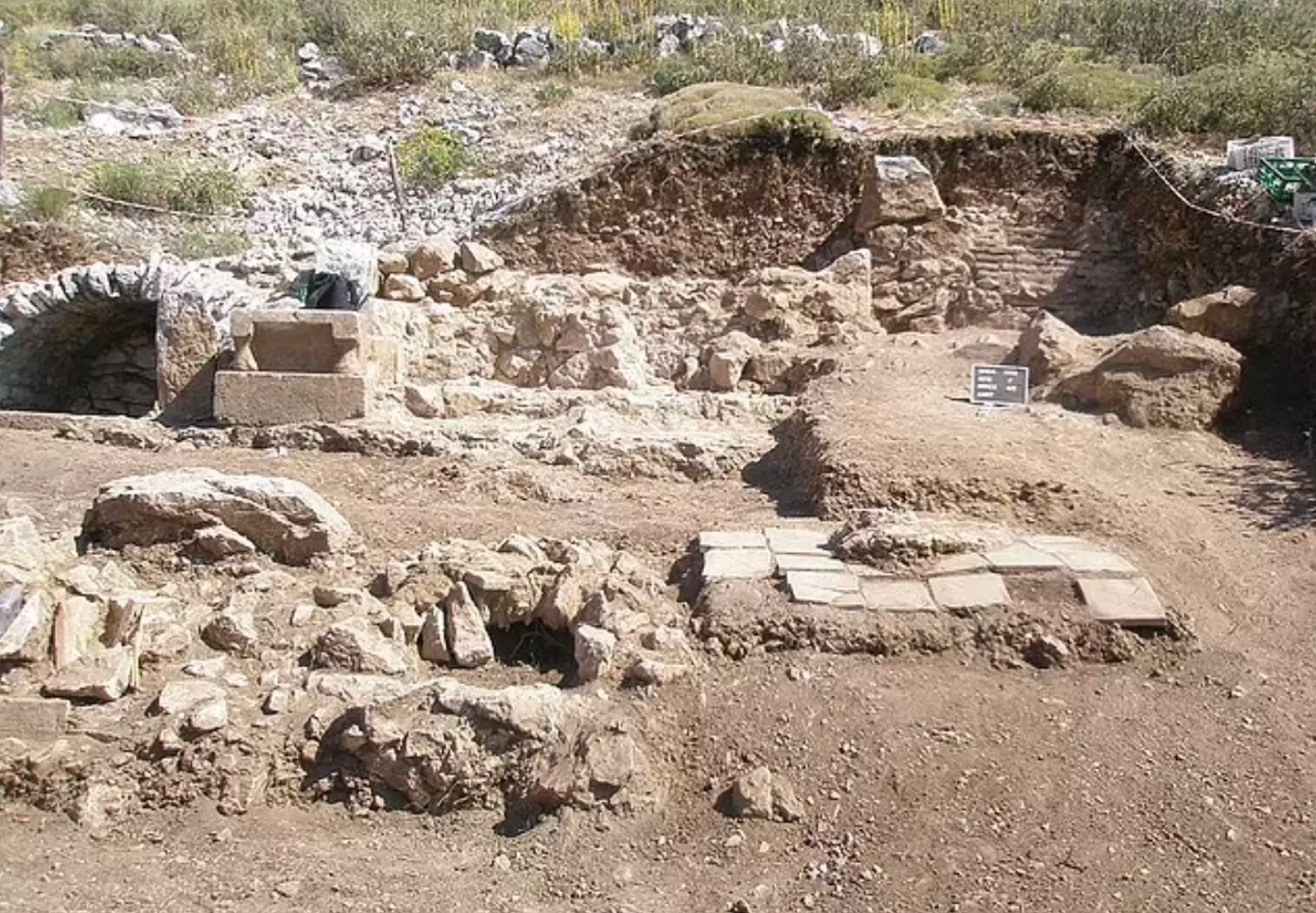
The grave, dating back to the second century AD, contained the cremated remains of a man who had lived during the height of the Roman Empire. What made this burial extraordinary was the combination of protective measures employed: the tomb was sealed with two dozen bricks, a layer of plaster, and over three dozen bent nails scattered around the edges. These were not just architectural features; they were magical safeguards intended to keep the spirit of the deceased from returning.
The archaeologists, led by Johan Claeys of Catholic University Leuven (KU Leuven) in Belgium, published their findings in the journal Antiquity. They explained that these measures were likely taken out of fear that the spirit of the deceased might become restless and return to haunt the living. The Romans believed that such “restless dead” could pose a significant threat, and they took no chances in ensuring that this particular individual remained at rest.
A Strange Burial Indeed in Sagalassos
The ancient city of Sagalassos, continuously occupied for around 1,500 years, rose to prominence during the Roman era. Nestled in the Taurus Mountains and surrounded by lakes, its remote location protected it from looting, making it one of the best-preserved ancient sites in the Mediterranean.
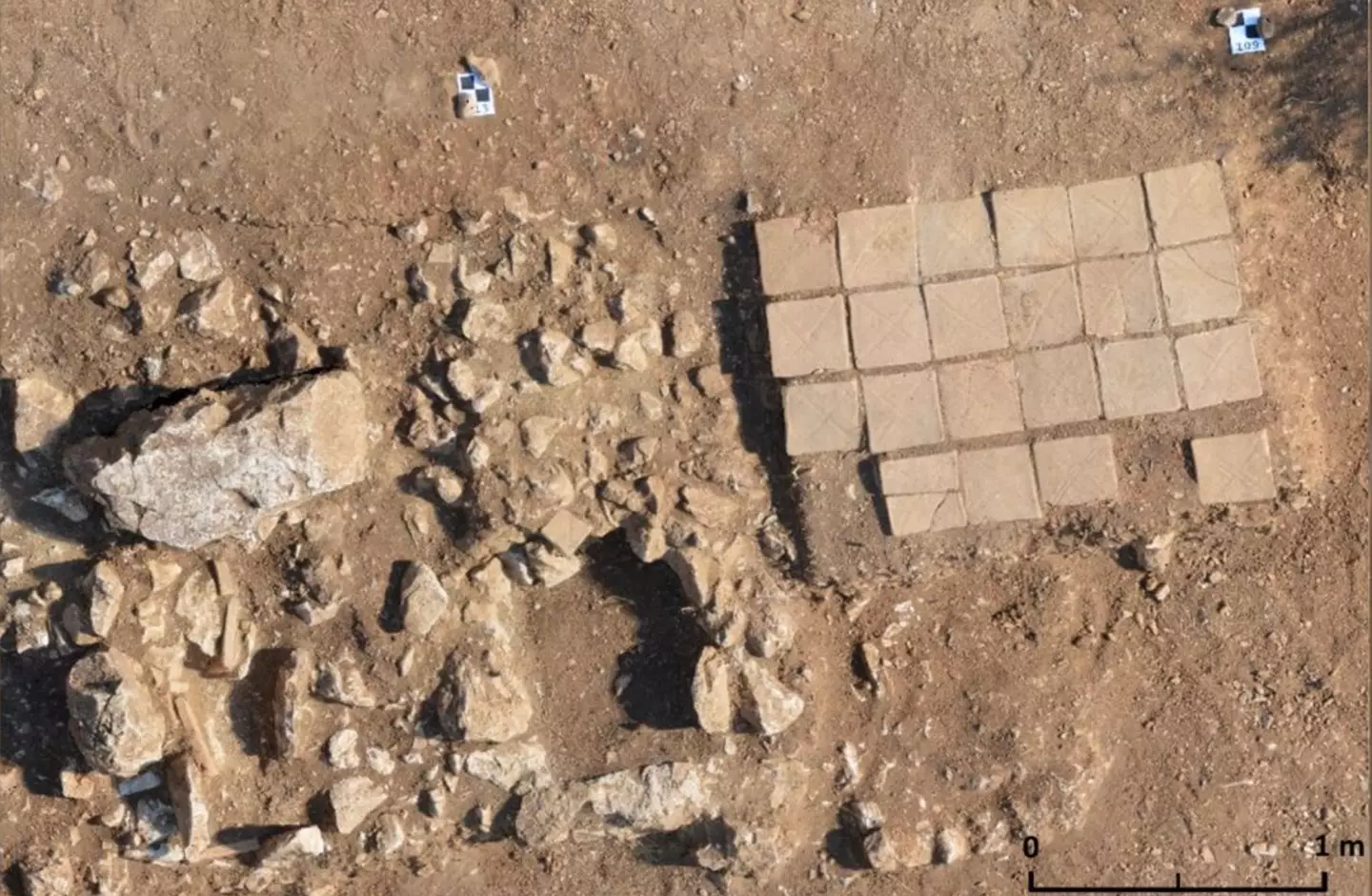
The Sagalassos Archaeological Research Project has uncovered many Roman-era buildings and cemeteries, revealing numerous cremation pyres and burials. However, the grave sealed with bricks, plaster, and bent nails stands out as highly unusual. Unlike typical burials where cremated remains were relocated, this grave combined the cremation and burial in one place. The bricks and plaster were laid over the body while the funeral pyre was still hot, underscoring the urgency with which the people of Sagalassos sought to entomb the deceased.
Inside the grave, archaeologists found ashes, charred bones, and an array of grave goods, including ceramic and glass vessels, a Roman coin, and remnants of food. These items suggested that the man was cherished by his family, who likely orchestrated every aspect of his burial, employing magical means to ensure his spirit’s safe passage to the afterlife.
Fear of the Restless Dead
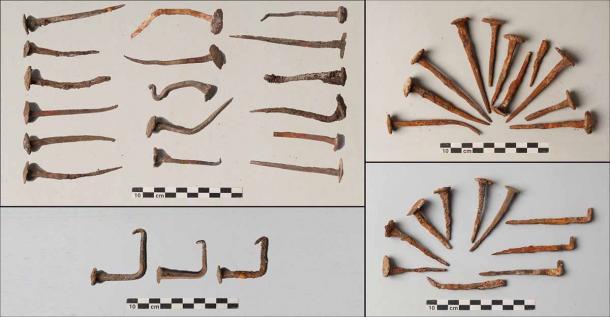
The elaborate precautions taken in this burial highlight the ancient Roman fear of the “restless dead.” The combination of bent nails, bricks, and plaster strongly suggests that the people of Sagalassos feared the deceased might return from the grave. Whether the man’s death was traumatic, mysterious, or marked by some other unsettling event, those who buried him were clearly concerned that his spirit might seek revenge or fail to transition to the afterlife peacefully.
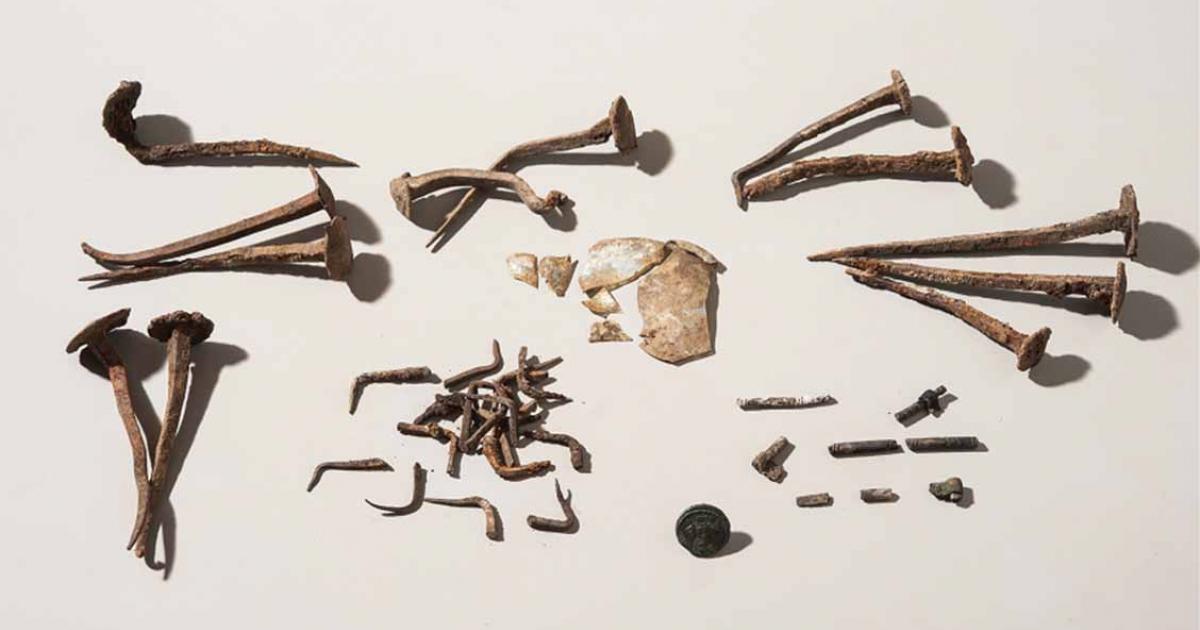
In ancient Greek and Roman traditions, black magic and the fear of restless spirits often motivated such rituals. Spirits of those who died prematurely were believed to be especially vulnerable, potentially trapped in the earthly realm until the time of their natural death. Necromancers—wizards or witches who could raise the dead—were particularly feared, as they might exploit these restless spirits for their own dark purposes. The precautions taken in Sagalassos may have been intended to protect the deceased from such exploitation, ensuring both his safety and that of the community.
Conclusion
The discovery of this unusual Roman grave in Sagalassos offers a rare glimpse into the ancient world’s complex relationship with death and the supernatural. The fear of the “restless dead” drove the people of Sagalassos to employ a combination of architectural and magical measures to ensure that the deceased remained at peace. This fascinating find underscores the lengths to which ancient peoples would go to protect both the living and the dead from forces beyond their control. As archaeologists continue to explore sites like Sagalassos, we gain ever deeper insights into the beliefs and practices that shaped the lives—and afterlives—of those who came before us.
